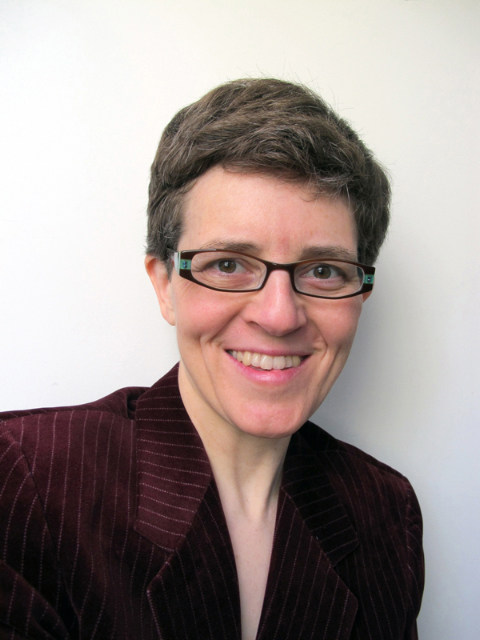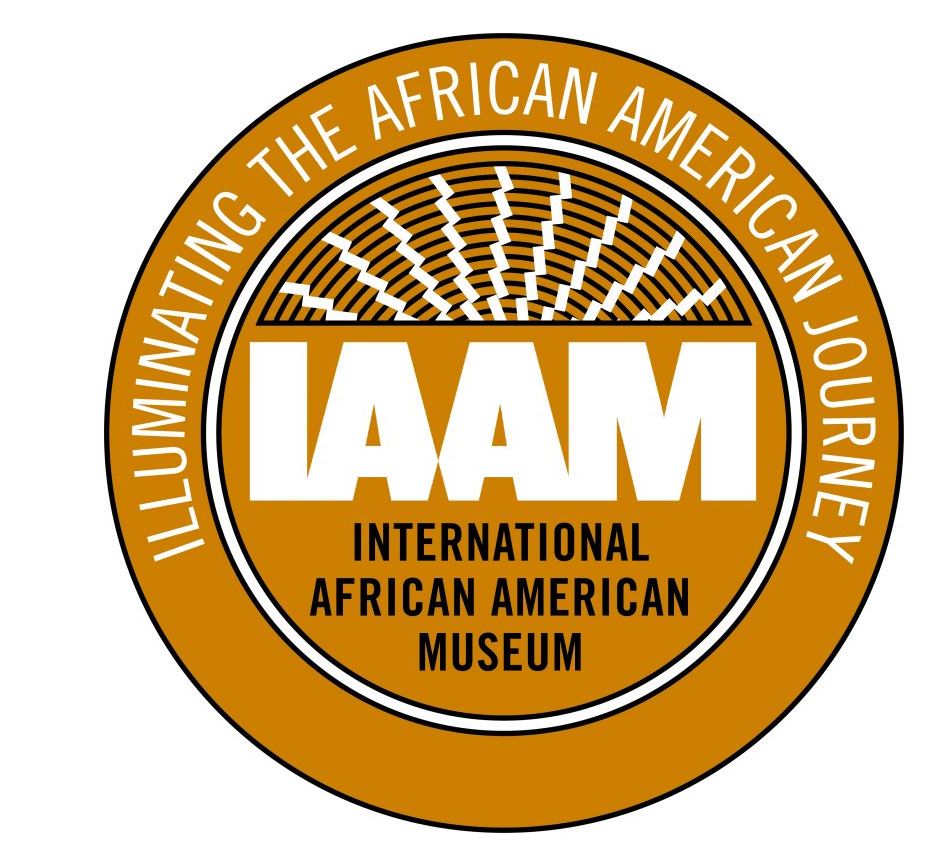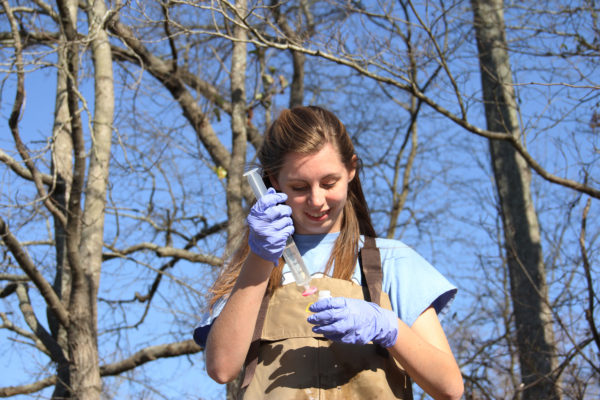
became director of the Center for the Study of the American South in July 2017 after serving as director of the Southern Oral History Program. (photo by Jon Gardiner, UNC-Chapel Hill)
Associate professor of history Malinda Maynor Lowery has always felt a deep sense of place—a quality her parents deliberately passed down to her 45 years ago, on the occasion of her birth, when they drove some 100 miles from their home in Durham to the hospital in Lumberton where Lowery was born.
Her parents understood that a real tie to their ancestral lands in Robeson County was as much a part of their Lumbee identity as their blood connection, Lowery said. Years later, Lowery sought to pass on that same lesson when she and her late husband, Lumbee musician and songwriter Willie French Lowery, returned to the same Lumberton hospital for the birth of their daughter Lydia in 2007.
Place matters, Lowery said, and at this junction in her career, there is no other place she would rather be than the Love House and Hutchins Forum at 410 E. Franklin St., leading the Center for the Study of the American South.
She became director of the center in July 2017 after serving as director of the Southern Oral History Program, which is housed in CSAS.
A connecting hub for scholarship
As a historian, she has always been animated by William Faulkner’s line that “the past is not dead, it’s not even past.” As director of the CSAS, Lowery hopes to glean from the study of the past the insights needed to imagine—and help to build —a better, brighter, more inclusive future for all the region’s communities.
And the center—as a connecting hub for scholars, artists and community partners—can help lead the way. “Our role here at the center is to hear from communities across the state and find out what they think about their futures,” Lowery said. “What would they like to see?”
Lowery said her strong emphasis on regional engagement flows naturally from her own scholarship of Lumbee history, which encompasses the tribe’s ongoing quest for sovereignty and self-determination. “Before we get into judging, analyzing or picking apart interpretive statements from scholars, we need to understand the knowledge held by the people we are talking about,” Lowery said.
‘Complicating’ the narrative
This approach to inquiry is at the heart of her forthcoming book from UNC Press, The Lumbee Indians: An American Struggle. Another purpose of the book is to capture those points in history where the Lumbee experience intersects with—and complicates—prevailing American narratives from the Revolutionary War through Reconstruction to the Civil Rights Movement.
“I wanted the book to point out where the Lumbee experience and the experience of other Americans do not align,” Lowery said. “The book seeks to cultivate a way of examining American history that is not oversimplifying, but intentionally brings the messiness to the center and then lets it unfold.”
That is the thing about history: The deeper you dig into it, the messier it gets, Lowery said. The other thing about history is that, even when you don’t know it, it is never far away.
To make that case, Lowery need point no further than the site of the Love House itself where, in 2004, University archeologists uncovered a seasonal camp that American Indians had built some 2,000 years ago. It was here that the University later built a house for its second president, Joseph Caldwell, that was destroyed by fire on Christmas Eve, 1886.
The house that stands there today was built by James Lee Love, an assistant professor of mathematics who married the daughter of Cornelia Phillips Bell. Until recent years, Bell was solely remembered for protesting the closing of the University in 1871 and fighting for its revival. Today, Bell’s revered status has been tempered by more recent scholarship that takes into consideration the racist views she deeply held throughout her life.
The slow march of racial progress
Last year, the University’s troubled history with race once again became a flashpoint when students organized protests to remove the Confederate statue known as “Silent Sam” from McCorkle Place.
Lowery is reminded about another aspect of the University’s racial past when she sits behind the desk in her office that formerly belonged to Frank Porter Graham, the history professor who in 1930 was elected Carolina’s president.
“I don’t want to disrupt everybody’s myth of Frank Porter Graham because I love him, too,” Lowery said. “But even though he became the model of progressive North Carolina thinking in the 1930s, he was also deeply involved in barring Lumbees from attending UNC-Chapel Hill.”
On the other hand, it is the vital work of historians to grapple with the “messier” truths, she said.
“Historians and scholars of multiple disciplines are consistently saying that it is our responsibility to study the messiness of these figures—and to learn from the messiness—rather than categorize and simplify them as either heroes or villains. They were neither. They were people.”
Graham’s opposition to integrating Lumbees into the University, she believes, was based on his attitudes about the racial ambiguity of Lumbees—who sociologists at the time described as a “tri-racial isolate”—and the problems that admitting Lumbees would create.
“As much as anybody could be at the time, he was ready to move the university system closer to racial integration, but for him there was a clearer path for doing that by admitting African-Americans.”
For both African-Americans and Native Americans, integration would not come until after more decades of struggle. “And so now here I am sitting at his desk,” she said, laughing.
Story by Gary Moss, University Gazette




